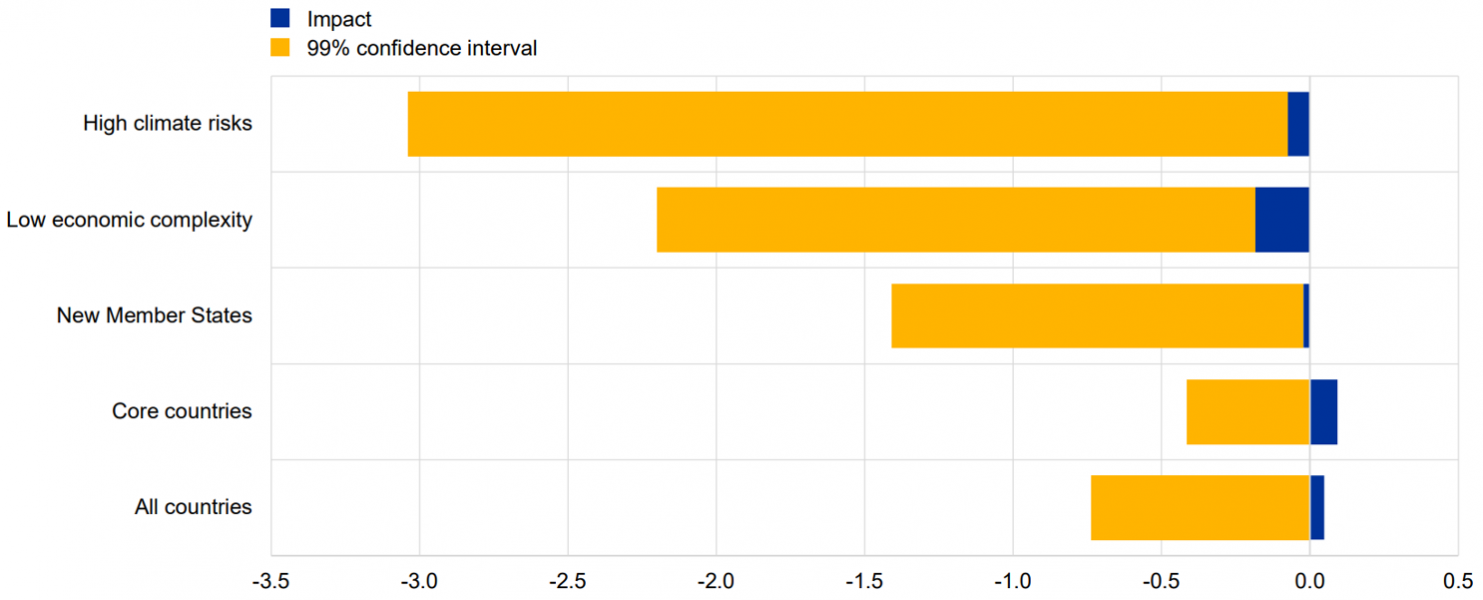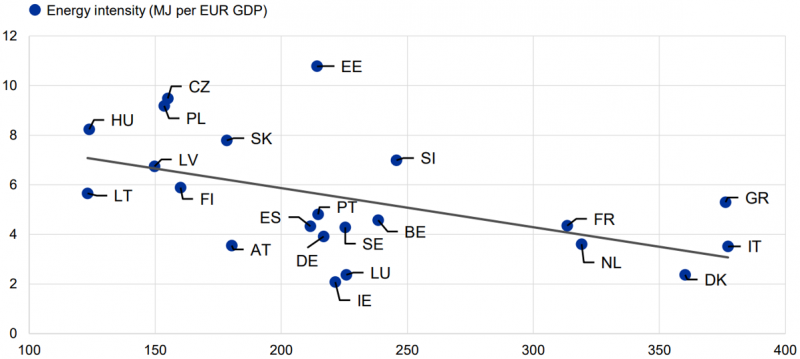References
Avgousti, A., F. Caprioli, G. Caracciolo, M. Cochard, P. Dallari, M. Delgado-Téllez, J. Domingues, M. Ferdinandusse, D. Filip, C. Nerlich, D. Prammer, K. Schmidt and A. Theofilakou, “The climate change challenge and fiscal instruments and policies in the EU”, Occasional Paper Series, No 315, ECB, Frankfurt am Main, April.
European Commission (2020a), “Kick-starting the journey towards a climate-neutral Europe by 2050”, EU Climate Action Progress Report, November.
European Commission (2021a), “Impact assessment report”, Commission Staff Working Document, No 621, July.
European Investment Bank (2021b), “Building a smart and green Europe in the COVID-19 era”, Investment Report 2020/2021.
Krupnick, A. and Parry, I. (2012), “What Is the Best Policy Instrument for Reducing CO2 Emissions?”, in Parry, I., de Mooij, R. and Keen, M. (eds.), Fiscal Policy to Mitigate Climate Change: A Guide for Policymakers, International Monetary Fund.
Melecky, M. and Raddatz, C. (2005), “Fiscal Responses after Catastrophes and the Enabling Role of Financial Development”, The World Bank Economic Review, Vol. 29, Issue 1, pp.129-149.
Lis, E. and Nickel, C. (2010), “The impact of extreme weather events on budget balances”, International Tax and Public Finance, Vol. 17, pp. 378-399.














